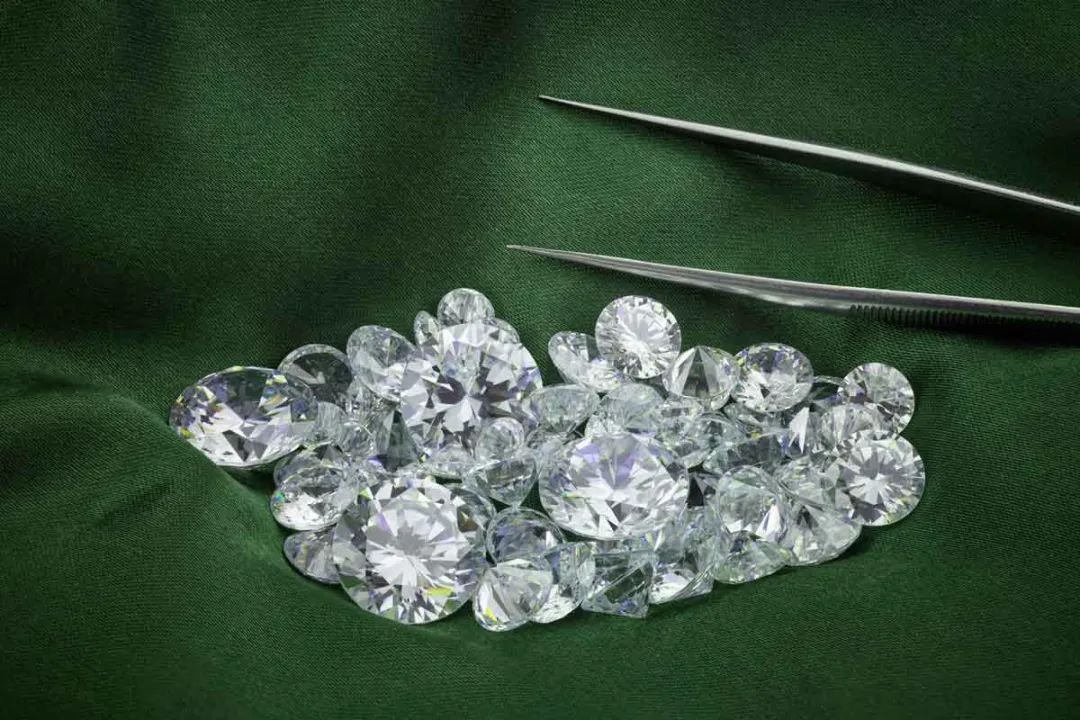In today’s evolving jewelry landscape, one name shines brighter than ever—GIA lab grown diamonds. These diamonds represent the perfect fusion of science, ethics, and artistry, offering consumers an alternative that’s both stunning and sustainable. Unlike traditional mined diamonds, lab grown diamonds are cultivated in controlled environments that replicate the Earth’s natural conditions. When these diamonds are graded and certified by the Gemological Institute of America (GIA), they embody the highest standards of authenticity, quality, and transparency. For those who value elegance with integrity, GIA lab grown diamonds are becoming the preferred choice for engagement rings, fine jewelry, and investment pieces.
Understanding GIA Lab Grown Diamonds
The Gemological Institute of America (GIA) is the world’s most trusted authority on diamond grading. Established in 1931, GIA set the international standard for assessing a diamond’s quality through the 4Cs—cut, color, clarity, and carat weight. A GIA-certified lab grown diamond undergoes the same meticulous testing and grading as a natural diamond.
These diamonds are not synthetic imitations or simulants. They are real diamonds, possessing identical optical, chemical, and physical properties to mined ones. The only difference lies in their origin—grown in a laboratory rather than extracted from the Earth. This makes them an ethical, sustainable, and modern alternative to traditional diamonds.
GIA certification ensures that the diamond has been thoroughly examined for quality and verified for its method of creation. Each diamond receives a unique laser inscription, making it traceable and verifiable, which gives buyers complete confidence in their purchase.
How Lab Grown Diamonds Are Made
The creation of lab grown diamonds involves advanced scientific processes that replicate natural diamond formation within the Earth’s mantle. There are two primary methods used to grow diamonds: Chemical Vapor Deposition (CVD) and High Pressure High Temperature (HPHT).
-
CVD Process: In this technique, a diamond seed is placed in a vacuum chamber filled with carbon-rich gases. The gases are heated to extremely high temperatures, causing carbon atoms to accumulate on the seed and form a diamond crystal layer by layer. This method allows for precise control over purity and size.
-
HPHT Process: The High Pressure High Temperature process mimics the natural geological conditions under which diamonds form. It involves exposing carbon to extreme heat and pressure, transforming it into a crystalline diamond structure. HPHT diamonds are known for their durability and remarkable clarity.
Both methods produce diamonds that are visually and structurally identical to mined ones. In fact, even expert gemologists require advanced equipment to distinguish between the two.
The Advantages of GIA Lab Grown Diamonds
1. Verified Quality and Authenticity
Each GIA lab grown diamond is graded by expert gemologists, ensuring that buyers receive an accurate report detailing its cut, color, clarity, and carat. This certification acts as a guarantee of authenticity, helping you make an informed purchase.
2. Ethical and Environmentally Responsible
One of the major concerns in the diamond industry is the environmental and ethical impact of mining. Lab grown diamonds eliminate these issues entirely. No ecosystems are disrupted, and no human rights violations are involved. By choosing a GIA-certified lab grown diamond, you’re supporting sustainability without compromising on luxury.
3. Exceptional Value for Money
GIA lab grown diamonds offer remarkable value. They typically cost 20–40% less than mined diamonds of equivalent quality. This price difference allows buyers to invest in a larger, higher-quality stone or a more intricate jewelry design within the same budget.
4. Transparency You Can Trust
Each GIA report clearly identifies the diamond as lab grown and specifies whether it was created using the HPHT or CVD method. This level of transparency ensures you know exactly what you are purchasing, unlike uncertified or poorly graded stones.
5. Uncompromised Beauty and Brilliance
Since lab grown diamonds have the same structure as natural diamonds, their sparkle, fire, and brilliance are identical. They exhibit the same level of hardness (10 on the Mohs scale), making them just as durable and timeless.
GIA Certification: Why It Matters
GIA certification is not just a piece of paper—it’s a seal of trust. Each GIA lab grown diamond comes with a detailed report containing:
-
The 4Cs Grading: Objective evaluation of the diamond’s cut, color, clarity, and carat.
-
Growth Method Identification: Whether the diamond was produced using HPHT or CVD.
-
Laser Inscription: A unique serial number engraved on the diamond for easy verification.
-
Fluorescence and Measurements: Additional data about the diamond’s optical properties.
This documentation helps ensure that you’re not only buying a beautiful diamond but also one that meets the highest industry standards.
GIA Lab Grown Diamonds vs. Non-Certified Diamonds
Purchasing a diamond without certification can be risky. Without an official grading report, it’s impossible to confirm the quality or authenticity of the stone. Non-certified diamonds might have inclusions, poor cuts, or even synthetic enhancements that aren’t disclosed.
On the other hand, GIA lab grown diamonds come with verified documentation, eliminating uncertainty. When you buy a certified diamond, you’re assured of its true value and long-term investment potential.
Why Choose GIA Lab Grown Diamonds for Your Jewelry?
Whether you’re shopping for an engagement ring, a pendant, or a custom jewelry piece, GIA lab grown diamonds offer unmatched clarity and elegance. They reflect modern values—ethical sourcing, environmental care, and transparency—without sacrificing the timeless allure that diamonds represent.
Furthermore, as technology continues to advance, lab grown diamonds have become increasingly sophisticated. Today, they are indistinguishable from natural diamonds to the naked eye and even to most professional instruments. This makes them a smart choice for buyers seeking both quality and conscience.
Conclusion
GIA lab grown diamonds symbolize the perfect blend of innovation, responsibility, and brilliance. They are not just gemstones—they are a statement of modern ethics and refined taste. By choosing GIA-certified diamonds, you gain assurance of authenticity, quality, and lasting beauty.
To appreciate the technology that brings these diamonds to life, explore the HPHT diamond process—a fascinating look into how precision and science create one of nature’s most coveted treasures in a sustainable way.
Frequently Asked Questions (FAQs)
Q1: Are GIA lab grown diamonds real diamonds?
Yes. GIA lab grown diamonds have the same physical, chemical, and optical properties as mined diamonds. They are real diamonds created through advanced technology.
Q2: What makes GIA certification important?
GIA certification ensures that your diamond’s characteristics are accurately assessed, providing complete transparency about its quality and origin.
Q3: Do GIA lab grown diamonds hold their value?
While resale value varies by market demand, GIA-certified diamonds maintain credibility and trust, making them more desirable than uncertified stones.
Q4: How do I verify a GIA lab grown diamond?
Each GIA diamond comes with a unique report number that can be checked on the official GIA website for verification.
Q5: Are GIA lab grown diamonds sustainable?
Yes. Since they are created in controlled environments, they do not involve mining, deforestation, or human exploitation—making them a sustainable choice.




Leave a Reply